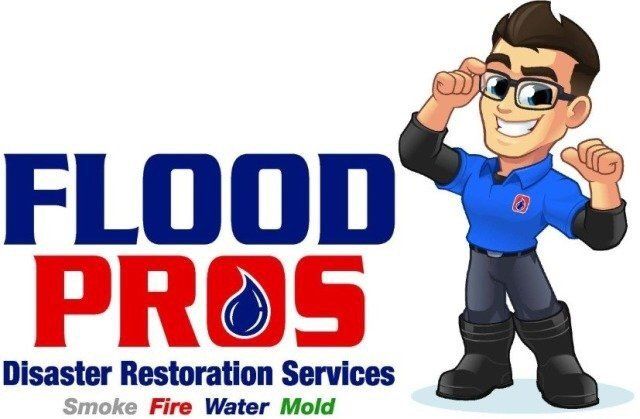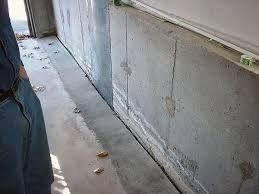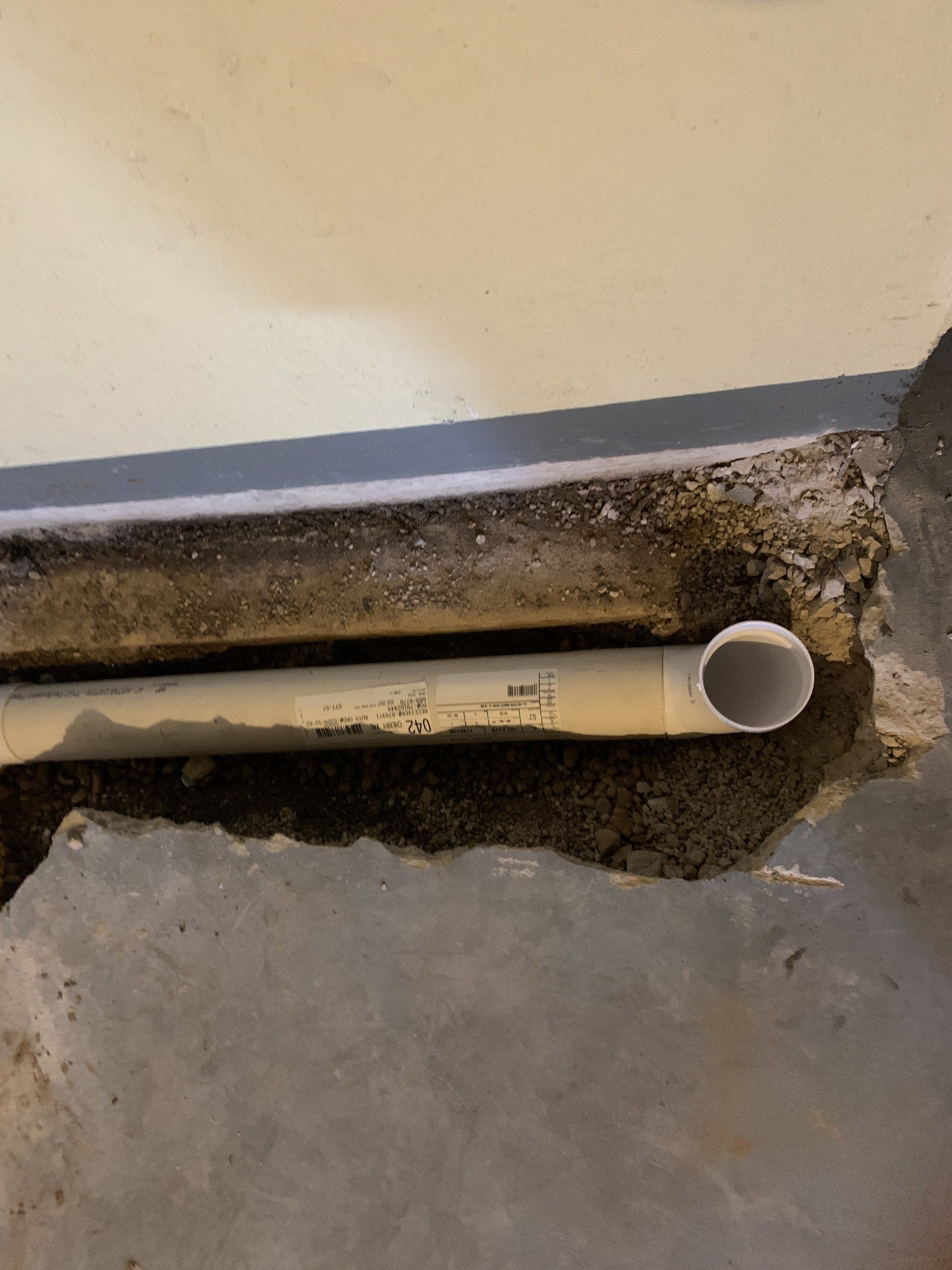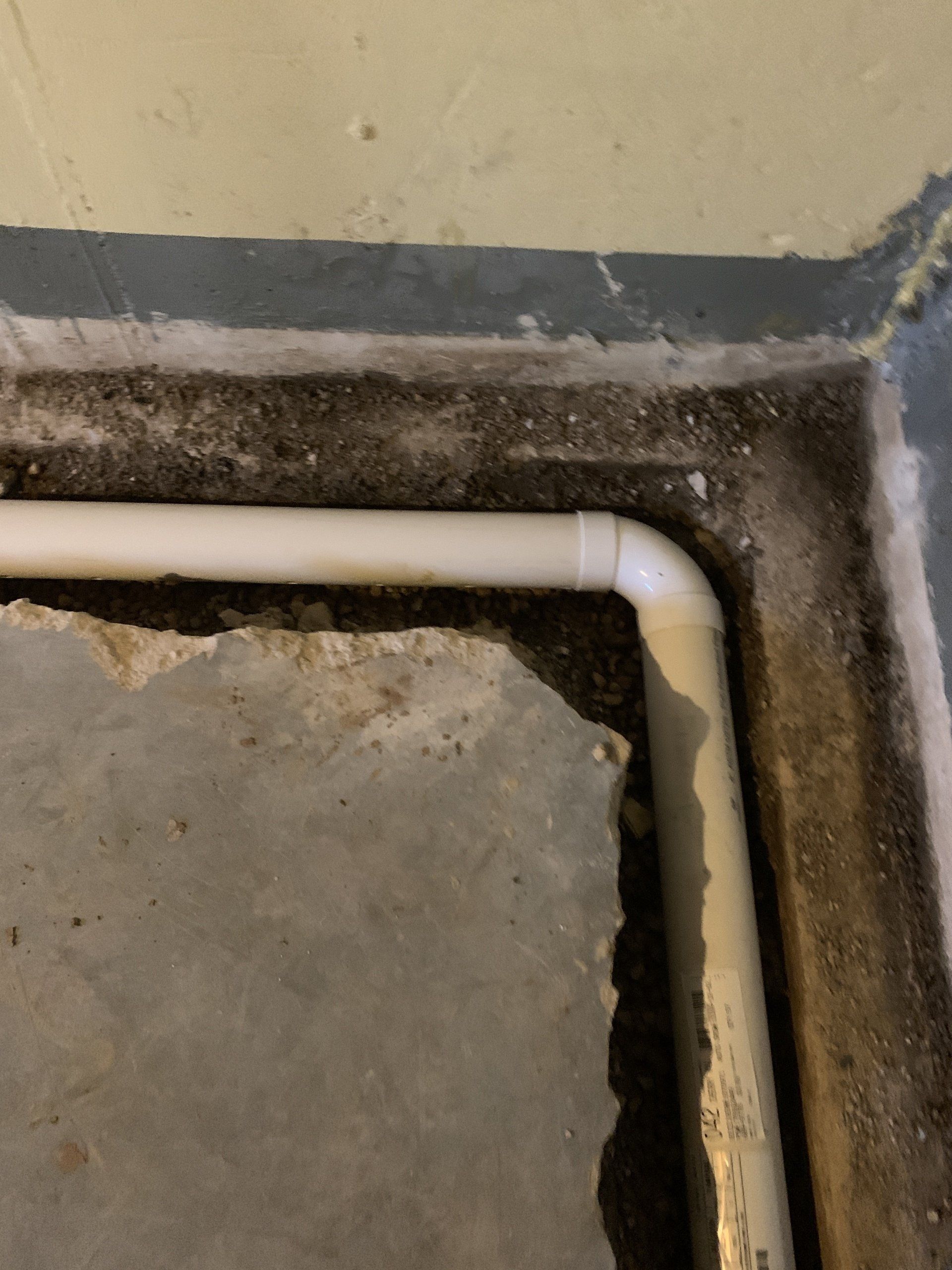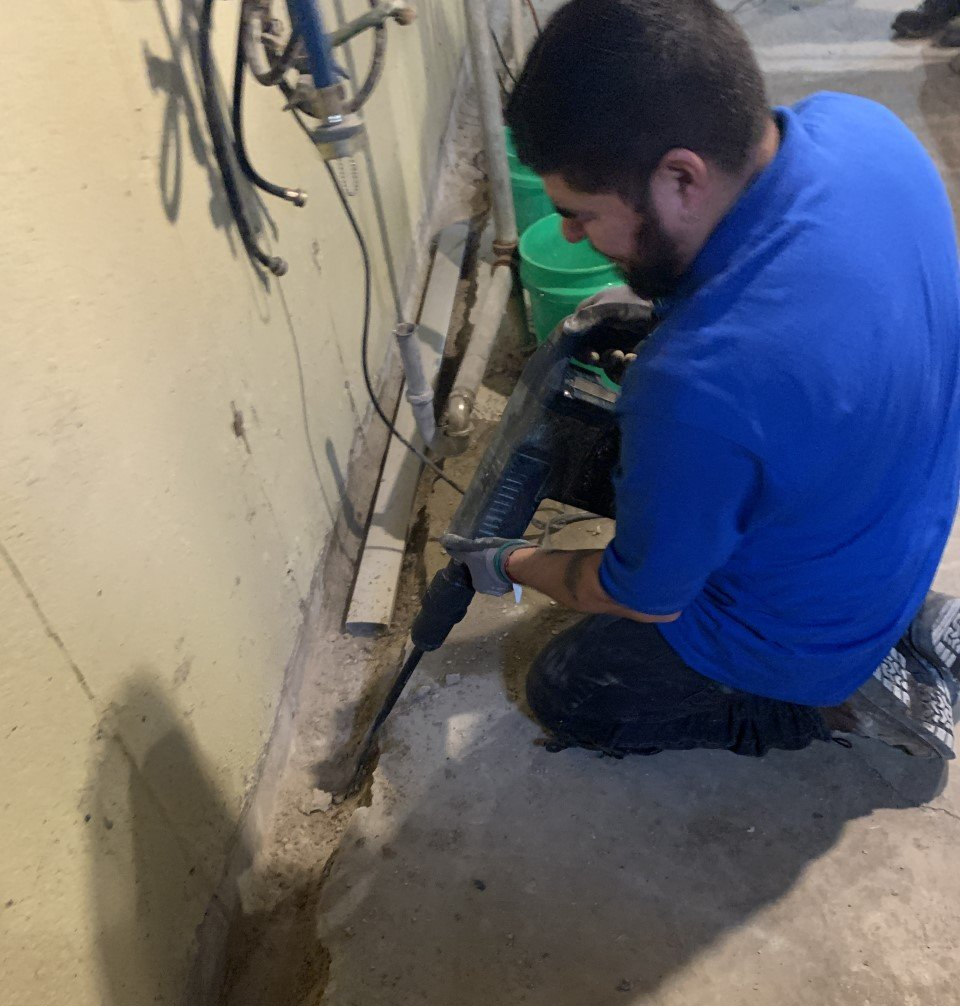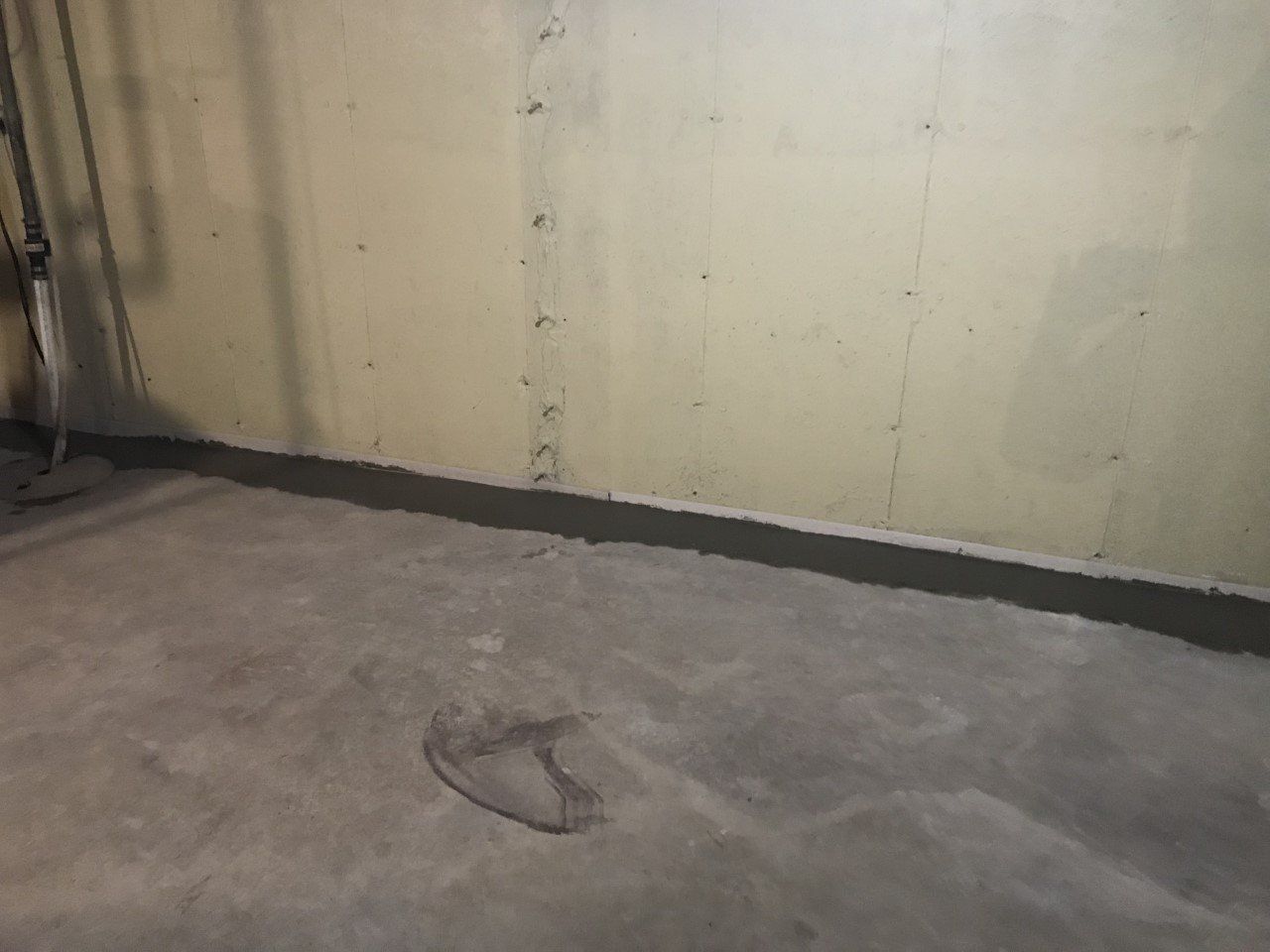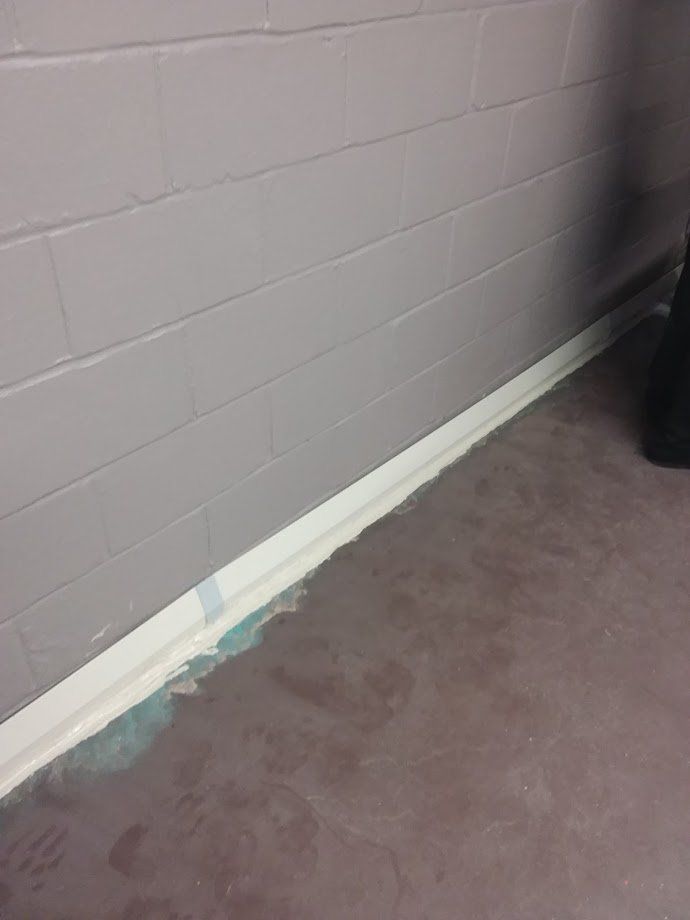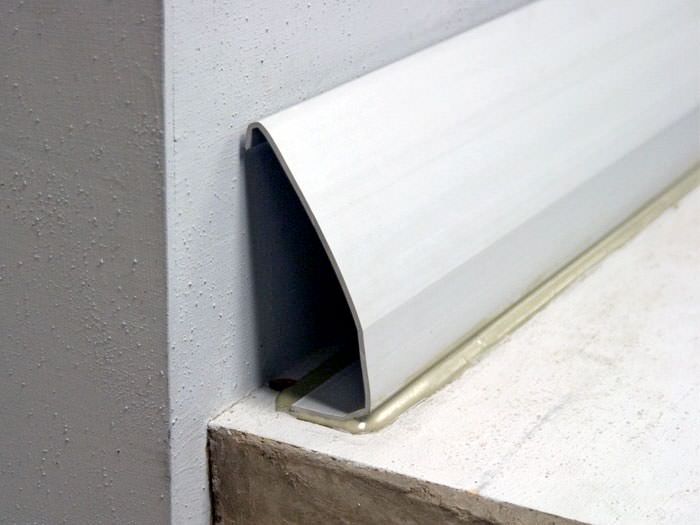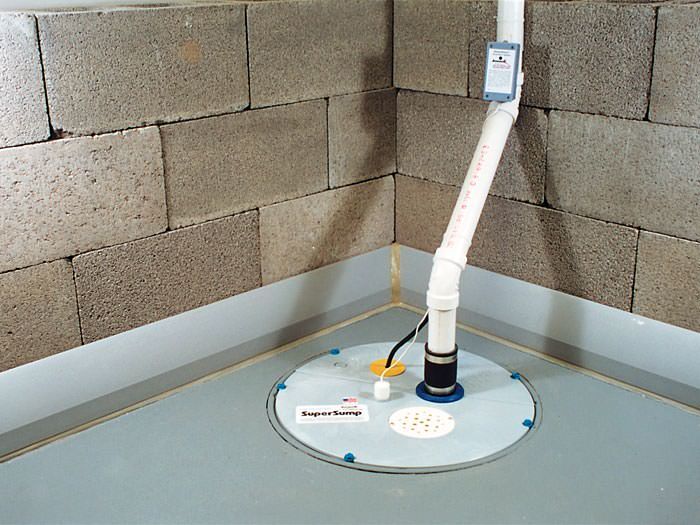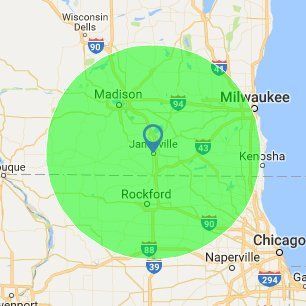Drainage Systems
Drain Tile Systems
Option #1
Count on the experts at Flood Pros Disaster Restoration Services to provide professional mold remediation and restoration services. We will detect the source and isolate the area to address the issue. Since mold spores rely on moisture to spread, any indoor water exposure can promote its growth and lead to damages as well as harmful allergens and irritants.
While mold cannot be completely removed from an indoor environment, trust us to decrease it to its naturally low amount. We have the knowledge and equipment to properly address the problem.
Drain Tile is Installed On The SIDE of the Basement Footer
Option #1
- This options is usually the best and most effective way to install drain tile.
- Process: The Deep Trench - Designed for a lot of water seepage in the basement
- The basement perimeter is inspected and tested to ensure there are no lines or water pipes under where they are going to cut the concrete to dig the trench. An assessment of where the water outlet for the system will be is determined, a sump pump will divert the water to a outside location.
- Concrete is cut and a trench is dug approximately 12-16 inches on the side of the footer of the basement wall. This is where the drain tile will be installed.
- Concrete is taken out of basement and disposed of by our team.
- Perforated piping is installed in the trenches.
- Gravel is then brought down to be placed under and around the piping. This is a crucial part of the project as the gravel allows the water to seep into the perforated piping which will divert water to the sump pump.
- Before filling the trench, testing is conducted to ensure the system is flowing correctly.
- Concrete is then poured back into he basement. Drying time is required for the new concrete.
Option #2
Drain Tile is Installed On The SIDE of the Basement Footer
Option #2
- This option requires less digging and less removal of concrete, this is more cost effective but unfortunately can not be used in every basement. There are restrictions on the system depending on where the footer is and it also is not as effective if you have heavy seepage into the basement.
- Process - Install On Top of Footer
- The basement perimeter is inspected and tested to ensure there are no lines or water pipes under where they are going to cut the concrete to dig the trench. An assessment of where the water outlet for the system will be is determined, a sump pump will divert the water to a outside location.
- Concrete is cut and a trench is dug on TOP of the footer of the basement wall. This is where the drain tile will be installed.
- Less Concrete is cut and taken out because you can install the system on TOP of the footer. In some basements the footer is not deep enough in the basement floor to allow the system to be installed. There are restrictions on this system but it does work very effectively for the right waterproofing issues.
- Perforated piping is installed in the trenches.
- Gravel is then brought down to be placed under and around the piping. This is a crucial part of the project as the gravel allows the water to seep into the perforated piping which will divert water to the sump pump.
- Before filling the trench, testing is conducted to ensure the system is flowing correctly.
- Concrete is then poured back into he basement. Drying time is required for the new concrete.
Option #3
Baseboards are Installed around the Perimeter of the Basement
Option #3
- Interior drain for above floor applications. Channels water from walls and cove joints. This system does keep your basement dry and is more cost effective than trenching drain tile, however it does not prevent water from coming through your foundation. It collect the water after entry of the home and diverts the water to a floor drain or sump pump. This will keep your basement dry but again does not prevent the water from seeping in the home.
- Process - Install Around Perimeter of Basement
- You have to have an existing sump pump or a new one would have to be installed. The perimeter system drains into the sump pump to an outside location away from the home.
- The area around the perimeter of basement is prepped, any lose paint is removed, and the channel system is adhered to the floor.
- This is a good system for a block foundation allowing any water that seeps in through the wall to be diverted into the channel system.
Contact us today for more information!
We are a family-owned and locally operated business.

